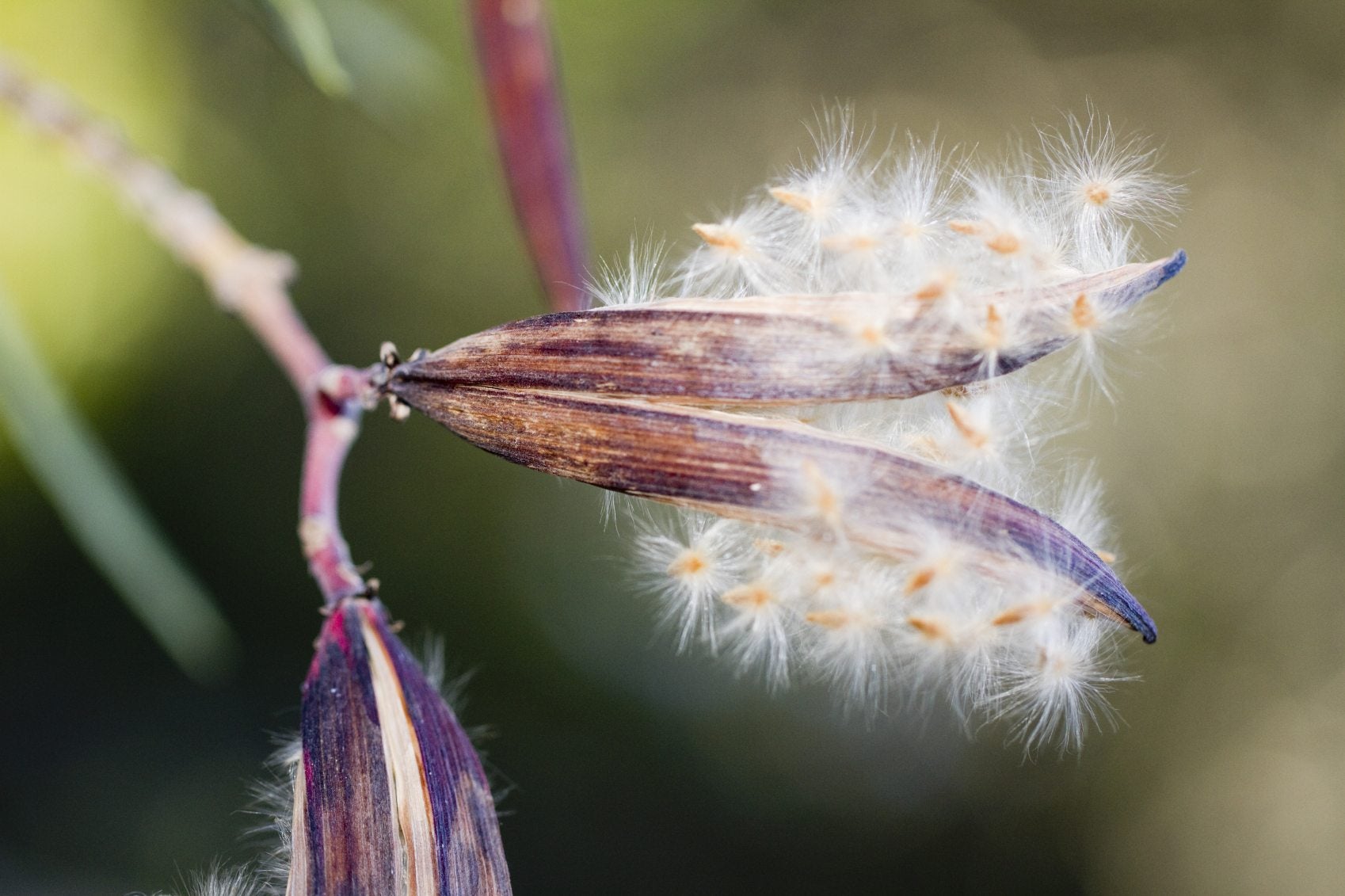Oleander Seed Propagation – Tips On Planting Oleander Seeds


Oleander is a beautiful, warm weather perennial from the Mediterranean that produces large amounts of blossoms throughout the summer. Oleander is often propagated from cuttings, but you can just as easily grow oleander from seeds. It takes longer and is a bit more involved, but oleander seed propagation usually has a very high success rate. Keep reading to learn more about collecting oleander seeds and how to grow oleander from seeds.
Oleander Seed Propagation
After oleander has bloomed, it produces seed pods (collecting oleander seeds is easy, but the plant is toxic and can irritate your skin if you touch it. Make sure to wear gloves when collecting oleander seeds or handling your plant in any way). As time goes on, these seeds should dry and split open naturally, revealing a bunch of fluffy, feathery things. Attached to these feathers are little brown seeds, which you can separate by rubbing against a piece of screen or simply by picking them out by hand. When planting oleander seeds, it’s important to pay attention to temperature. Oleanders can’t survive outdoors in temperatures below freezing. If you live in an area that does not experience frost, you can plant your seeds at any time and transplant the seedlings outdoors as soon as they’re big enough. If you do experience frost, you won’t be able to move them outside until after the last danger of frost, so you may want to wait until early spring to plant your seeds.
How to Grow Oleander from Seeds
When planting oleander seeds, fill small pots or a seed tray with peat. Moisten the top couple inches (5 cm.) of the peat, then press the seeds into the top of it-- don’t cover the seeds but do cover the pots with plastic wrap and place them in a warm place, around 68 degrees F. (20 C.) under grow lights. Spray the peat occasionally to keep it from drying out. The seeds will be slow to germinate-- they often take one month but may take as long as three months. Once the seeds sprout, remove the plastic wrap. When the seedlings have a few sets of true leaves, you can transplant them either to your garden bed (if you live in a warm climate) or a larger pot if you live in a cool climate.
Gardening tips, videos, info and more delivered right to your inbox!
Sign up for the Gardening Know How newsletter today and receive a free copy of our e-book "How to Grow Delicious Tomatoes".

The only child of a horticulturist and an English teacher, Liz Baessler was destined to become a gardening editor. She has been with Gardening Know how since 2015, and a Senior Editor since 2020. She holds a BA in English from Brandeis University and an MA in English from the University of Geneva, Switzerland. After years of gardening in containers and community garden plots, she finally has a backyard of her own, which she is systematically filling with vegetables and flowers.
-
 Zinnias On Repeat: 10 Glorious Cut-And-Come-Again Varieties For Endless Summer Bouquets
Zinnias On Repeat: 10 Glorious Cut-And-Come-Again Varieties For Endless Summer BouquetsThese zinnia varieties keep giving all summer, making them the perfect choice for dedicated cutting gardens – or just the occasional homegrown bouquet.
By Ellen Wells
-
 Create A Romantic Garden Straight Out Of Bridgerton: Regency Era Romance In Your Garden
Create A Romantic Garden Straight Out Of Bridgerton: Regency Era Romance In Your GardenTry some romantic garden ideas straight out of Bridgerton. Flowers and gardens in the Regency era were lush and charming and you can get the same look!
By Bonnie L. Grant